
Minneapolis Steel & Machinery Company was very cautious with a lengthy development of the Twin City 21-32 that dates back to 1925. The cross flow, sixteen valve head used since 1918 would be discontinued. Cylinder head technology had advanced considerably with better flowing two valve chambers that cost less to manufacture. A 381 cubic inch engine with a bore and stroke of 4 ½ x 6 was being designed and tested in 1925 using a 12-20 chassis. The new engine bearing FE part numbers had the cylinders and heads cast in pairs so that removal of one head and one cylinder block at a time was possible. Between 1926 and 1928, 302 copies of the first production 21-32 tractors were made with the FE engine running at 1,000 rpm. Using two forward gears, these machines looked very similar to the 17-28, but several castings were different and had FT chassis part numbers on them. Intake duties were handled by a Zenith U-6 and a dry type Bennett air cleaner. Nebraska Test number 127 displayed 31 drawbar horsepower and 36 belt horsepower from tractor number 150026 in October 1926.
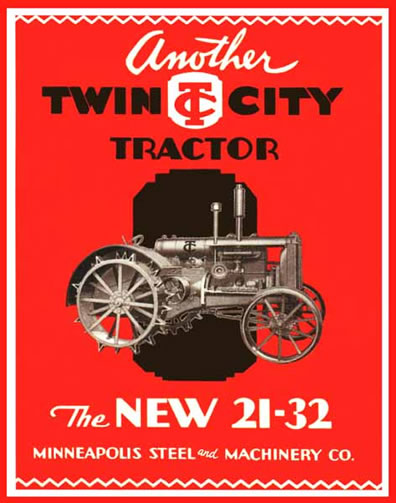
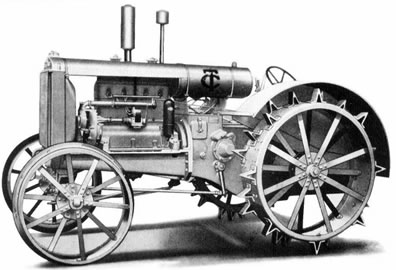
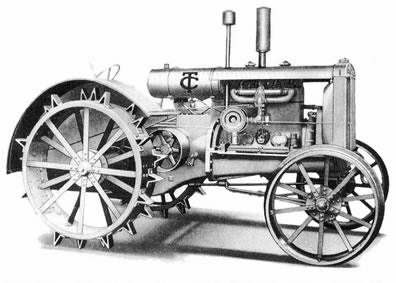
In 1928 six experimental units numbered X1 - X6 were produced with a heavier final drive that was in possession of three forward gears. Test number 152 recorded 30 drawbar and 39 belt horsepower from tractor number X- 4 equipped with a Stromberg M-3 and dry type Donaldson air cleaner. Engine rpm was bumped to 1,075 and Bosch supplied ignition magnetos.


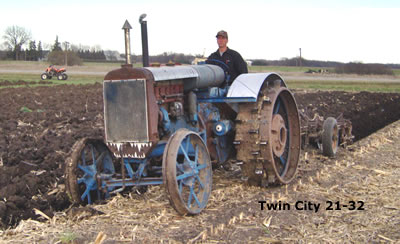
Persistent economical hardships forced many manufacturing bases to merge or close their doors at the end of the 1920's decade. In an effort to survive, MS&MC joined forces with Moline Plow Co. and Minneapolis Threshing Machine Co. in 1929. The newly formed Minneapolis Moline Power Implement Company could now offer a full line of tillage tools, threshing machines and tractors. Production of the well established Twin City tractors would continue under the guidance of MM.
For 1929 the 21-32 FT, with three speed transmission, was in regular production through 1934.
Small runs of industrial versions were produced and mechanical road graders such as Gallion and Hawkeye were powered by the 21-32. Limited production numbers of industrials make these units valuable items for today’s Twin City collectors
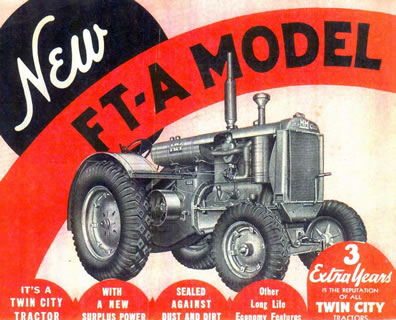
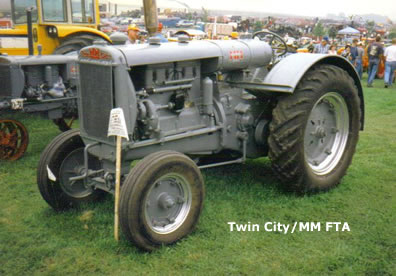
Twin City 21-32, FT, FTA, 1926 - 1938.
See serial number index for each model.
Total production, over 7,000 units
Serial # 150001 - 157229
email for more info or comments: loveoldjunk@gmail.com
Home | Heavy Weights | 20th Century | 16-30 | 12-20 | 20-35 | 17-28 | 27-44
21-32 | MT | KT | JT | Trucks | Experimentals | Factory Options
Serial Numbers | Collectibles | Links/Credits | Paint/Decals | TC Steel
© Pioneer Productions 2010